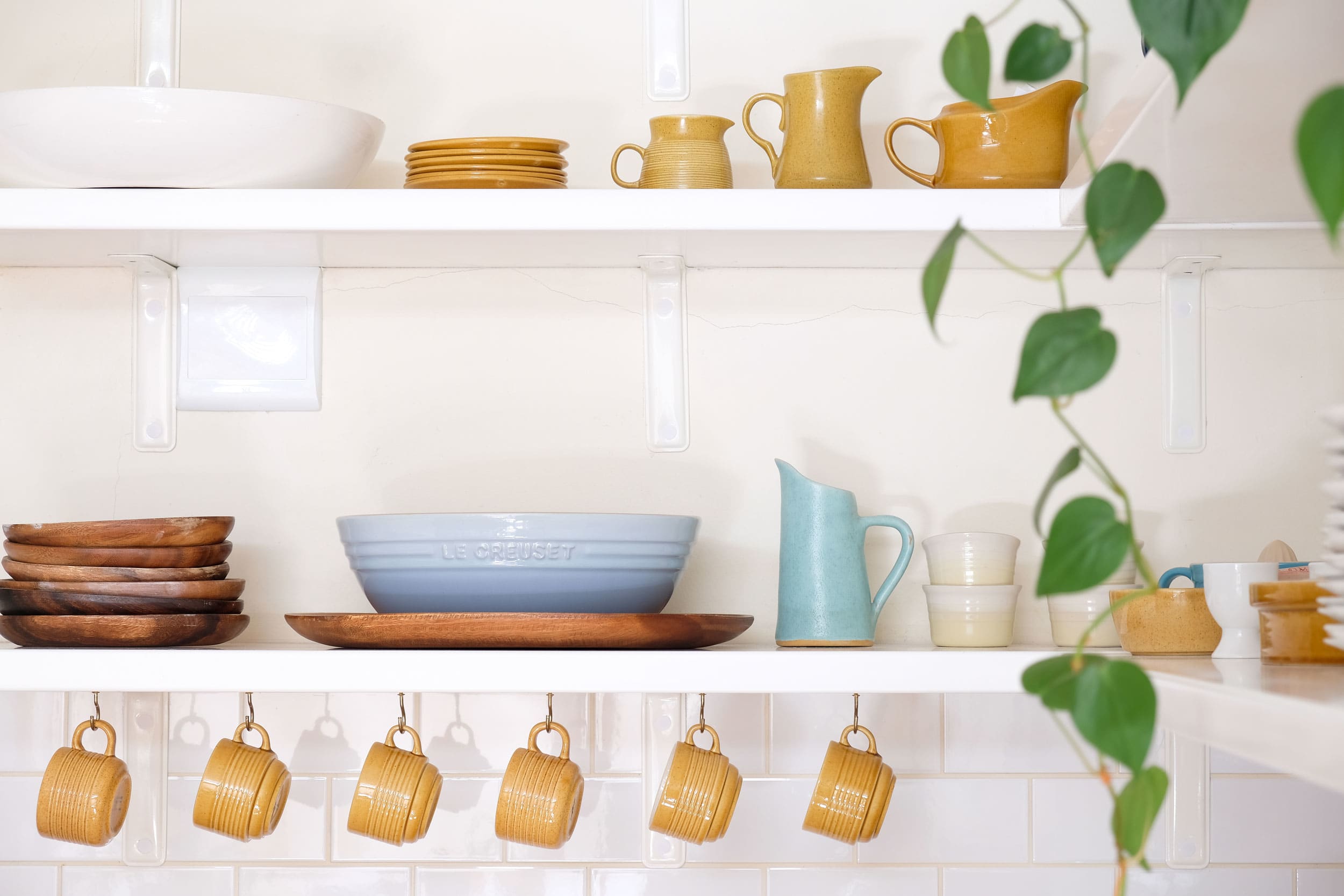

Articles
How To Store Platters
Modified: December 7, 2023
Discover the best way to store articles and platters to keep them organized and protected. Learn practical tips and tricks for maximizing storage space and preserving the quality of your belongings.
(Many of the links in this article redirect to a specific reviewed product. Your purchase of these products through affiliate links helps to generate commission for Storables.com, at no extra cost. Learn more)
Introduction
Welcome to our guide on how to store platters! Platters are beautiful and functional pieces of serveware that can add elegance to any table setting. Whether you use them for serving appetizers, main courses, or desserts, it’s important to store them properly to maintain their quality and ensure they remain in pristine condition.
When it comes to storing platters, there are various methods you can choose from, depending on the available space in your kitchen and your personal preferences. In this article, we will explore different storage options and provide useful tips to help you keep your platters organized and safe.
Before we dive into the different storage methods, it’s essential to understand the importance of selecting the right storage materials. Platters can be made from a variety of materials like porcelain, stoneware, or glass, each with its own special care requirements. Always consider the material of your platters when choosing storage options to prevent any damage or scratches.
Now, let’s explore the various storage methods available for your platters to ensure they remain in top-notch condition and ready for use whenever you need them.
Key Takeaways:
- Proper platter storage is crucial for preserving their quality and functionality. Choose the right storage method, handle with care, and consider environmental factors to ensure your platters remain in pristine condition for years to come.
- Whether it’s cabinets, drawers, hanging racks, or protective covers, each platter storage method offers unique advantages. Organize systematically, handle with care, and rotate usage to maintain the beauty and functionality of your platters.
Read more: How To Store Serving Platters
Choosing the Right Storage Method
When it comes to storing your platters, it’s important to choose the right storage method that suits your needs and space constraints. Here are a few factors to consider when selecting the ideal storage option for your platters:
- Available Space: Assess the available space in your kitchen or pantry to determine the storage options that will fit best. If you have limited cabinet space, you may need to explore alternative storage solutions like hanging racks or plate stands.
- Frequency of Use: Consider how often you use your platters. If they are used frequently, you may prefer a storage method that allows for easy access, such as stackable containers or dividers.
- Platter Size and Shape: Platters come in various sizes and shapes, and it’s important to choose a storage option that can accommodate them without causing any damage. Look for storage solutions that have adjustable dividers or racks to accommodate different sizes.
- Material of the Platters: Depending on the material of your platters, you may need to consider storage options that provide extra protection. For delicate or fragile platters, consider using protective covers or wrap them in soft cloth before storing.
By considering these factors, you can choose a storage method that not only keeps your platters organized but also ensures their longevity and protects them from any potential damage.
Storing Platters in Cabinets
Cabinets are a popular storage option for platters because they provide a secure and enclosed space to keep them organized. Here’s how you can effectively store your platters in cabinets:
- Organize by Size: Arrange your platters in the cabinet based on their size. Start by placing the largest platters at the bottom and work your way up with smaller ones. This arrangement makes it easier to locate the platter you need without having to shift others.
- Use Vertical Dividers: Install vertical dividers in your cabinets to create individual sections for each platter. This prevents them from rubbing against each other and helps maintain their pristine condition.
- Add Non-Slip Liners: To prevent platters from sliding or scratching each other, consider placing non-slip liners or shelf liners at the base of the cabinet. These liners provide grip and cushioning, ensuring your platters stay safe and in place.
Remember to handle your platters with care when placing them in cabinets to avoid any accidental bumps or drops. Additionally, avoid overpacking the cabinets, as it can make it difficult to retrieve the platters without causing damage.
Storing your platters in cabinets not only keeps them organized but also protects them from dust and potential breakage. Remember to periodically clean your cabinets to maintain a clean and dust-free environment for your platters.
Storing Platters in Drawers
If you’re short on cabinet space or prefer a different storage option, storing platters in drawers can be an efficient and accessible solution. Here’s how you can store your platters in drawers:
- Choose Deep Drawers: Opt for drawers with sufficient depth to accommodate your platters. Deep drawers allow you to stack platters vertically, maximizing the use of space while keeping them easily accessible.
- Use Drawer Dividers: Install drawer dividers to separate and organize your platters. These dividers help prevent them from sliding and bumping into each other, reducing the risk of scratches or breakage.
- Stack Vertically: Stack your platters vertically within the drawer, with the larger ones on the bottom and the smaller ones on top. This way, you can easily see and retrieve the platter you need without disturbing the rest.
- Consider Felt or Non-Slip Liners: To provide additional cushioning and protection, consider lining the bottom of the drawer with felt or non-slip liners. These liners help prevent your platters from sliding and minimize the risk of scratches.
When placing your platters in drawers, handle them with care to avoid any accidental bumps or damage. Make sure the drawers glide smoothly to prevent any jostling or shifting of the platters.
Storing platters in drawers offers the advantage of easy access and efficient use of space. It keeps your platters organized and protected from dust while ensuring they remain readily available for your next gathering or special occasion.
Storing Platters in Hanging Racks
If you’re looking for a unique and visual storage method for your platters, hanging racks can be an excellent option. Here’s how you can store your platters in hanging racks:
- Select a Sturdy Hanging Rack: Choose a hanging rack specifically designed for storing platters. Ensure that it is sturdy enough to support the weight of your platters and securely mounted to the wall or ceiling.
- Utilize Vertical Space: Hanging racks make efficient use of vertical space, allowing you to store platters without taking up valuable cabinet or drawer space. This is particularly beneficial if you have limited storage options in your kitchen.
- Arrange Platters by Size: Arrange your platters on the hanging rack based on their size. Start with the largest platters at the top and descend in size. This arrangement not only looks visually appealing but also allows for easy access to each platter.
- Use Protective Covers: Consider using protective covers for your platters to shield them from dust and potential damage. These covers are typically made of transparent materials, allowing you to easily see the platters while keeping them protected.
When hanging your platters, ensure that they are spaced out evenly to prevent any rubbing or knocking against each other. This helps to minimize the risk of scratches or breakage.
Storing platters in hanging racks not only adds a decorative element to your kitchen but also keeps your platters easily visible and accessible. It’s a great storage option for showcasing your platters and adding a touch of elegance to your kitchen space.
Storing Platters in Plate Stands
Plate stands are a stylish and practical option for storing platters, especially if you want to display them as decorative pieces. Here’s how you can store your platters in plate stands:
- Find the Right Plate Stand: Look for plate stands that are specifically designed to hold platters. Ensure that the stand is sturdy and stable enough to support the weight and size of your platters.
- Consider Adjustable Plate Stands: Adjustable plate stands allow you to customize the display of your platters according to their size and shape. This flexibility ensures a secure fit and helps create an eye-catching arrangement.
- Choose an Appropriate Display Space: Select a prominent space in your kitchen or dining area to showcase your platters. It could be a countertop, a shelf, or a hutch that can accommodate the plate stands.
- Arrange Platters Creatively: Experiment with different arrangements and angles to create an appealing visual display. Place larger platters at the back and smaller platters in the front to create depth and dimension.
Opting for plate stands not only provides an elegant storage solution but also turns your platters into a decorative focal point in your kitchen. This storage method allows you to appreciate the beauty of your platters while keeping them easily accessible for use.
Remember to dust and clean your platters regularly when displaying them in plate stands to maintain their pristine condition and preserve their visual appeal.
When storing platters, stack them vertically to save space and prevent scratching. Place a layer of padding, such as felt or paper towels, between each platter to protect the surfaces.
Storing Platters in Dividers
Dividers are a practical and space-efficient storage solution for platters, keeping them organized and protected from scratches. Here’s how you can store your platters using dividers:
- Choose Adjustable Dividers: Select dividers that are adjustable to accommodate different sizes and shapes of platters. This ensures a snug fit and prevents the platters from sliding or banging against each other.
- Create Sections: Place the dividers in a drawer, cabinet, or on a shelf to create separate sections for each platter. Arrange the dividers according to the size and quantity of your platters, making sure they are evenly spaced.
- Stack Vertically: Stack your platters vertically within each section, with the larger ones at the bottom and the smaller ones on top. This arrangement allows for easy access to each platter without the need to lift or move others.
- Add Cushioning: Consider adding felt or non-slip liners to the dividers to provide cushioning between the platters. This helps prevent them from rubbing against each other and reduces the risk of scratches or breakage.
When using dividers to store platters, it’s important to handle them with care to avoid any accidental damage. Take your time when placing the platters in the sections to ensure they are properly aligned and completely supported.
Storing platters in dividers helps create a neat and organized storage system, preventing any potential damage while making it easy to find and retrieve specific platters when needed. It also allows you to maximize the use of your storage space by utilizing dividers in drawers, cabinets, or on shelves.
Storing Platters in Stackable Containers
If you’re looking for a space-saving and practical storage solution for your platters, stackable containers are an excellent choice. Here’s how you can store platters in stackable containers:
- Select Appropriate Containers: Choose stackable containers that are specifically designed to accommodate platters. Opt for containers with adjustable or removable dividers to accommodate different sizes and shapes.
- Organize by Size: Sort your platters by size and stack them accordingly in the containers. Place larger platters at the bottom and stack smaller platters on top. This arrangement allows for easy access to each platter without having to unpack the entire stack.
- Add Protective Padding: To provide extra protection, consider adding cushioning material, such as foam or soft cloth, between each platter. This helps prevent the platters from rubbing against each other and reduces the risk of scratches or chips.
- Label the Containers: If you have multiple stackable containers, labeling them can make it easier to locate specific platters. Use adhesive labels, markers, or tags to identify the contents of each container, making it convenient to find the platter you need.
When storing platters in stackable containers, it’s important to handle them gently to prevent any accidental damage or breakage. Ensure that the containers are securely stacked, with each platter well-supported to avoid any shifting or sliding.
Storing platters in stackable containers offers the advantage of efficient use of space while keeping your platters safe and organized. It also provides portability, allowing you to easily transport your platters for special occasions or gatherings.
Storing Platters in Protective Covers
To ensure the utmost protection for your platters, storing them in protective covers is an excellent choice. Here’s how you can store your platters in protective covers:
- Select the Right Covers: Look for covers specifically designed to fit platters in various sizes. Choose covers made from durable and transparent materials, such as plastic or fabric with a clear top, so you can easily see the platters without exposing them to dust or potential damage.
- Individually Wrap Platters: Before placing each platter in its cover, consider wrapping it in soft cloth or bubble wrap for an extra layer of protection. This will protect the platter from scratches or chips that may occur during storage.
- Choose a Safe Storage Space: Find a designated storage area, such as a cabinet or shelf, where you can safely store the covered platters. Make sure it is a stable and dust-free environment to preserve the cleanliness and condition of the platters.
- Stack Carefully: If you need to stack the covered platters, do so with caution. Make sure each platter is securely placed on top of another, with a protective layer between them to prevent any rubbing or potential damage.
When handling platters stored in protective covers, ensure that you do so with care. Avoid dropping or mishandling them to prevent any accidental breakage.
Storing platters in protective covers is a great way to safeguard them from dust, scratches, and potential damage. It also allows for easy stacking and maximizes the use of storage space while keeping your platters in pristine condition until their next use.
Read more: How To Store Basil From Store
Tips for Proper Platter Storage
Proper storage of platters is vital to maintain their quality and ensure they remain in excellent condition. Here are some valuable tips to help you store your platters effectively:
- Clean and Dry Platters: Before storing, make sure your platters are thoroughly cleaned and dried. This helps prevent any food residue or moisture that could lead to mold or discoloration during storage.
- Avoid Stacking Too Many: When stacking platters, avoid overpacking or placing too many on top of each other. Excessive weight can increase the risk of breakage or structural damage. Use appropriate storage solutions that allow for proper stacking or separation.
- Handle with Care: When placing or removing platters from storage, handle them with care. Avoid dropping or banging them against hard surfaces, as this can cause chips, cracks, or breakage.
- Protect Against Scratches: To prevent scratches, use protective padding, such as felt or non-slip liners, between platters or inside storage containers. This adds a cushioning layer and minimizes the risk of friction-induced damage.
- Consider Temperature and Humidity: Platters made from certain materials, such as fine china or delicate porcelain, may be sensitive to temperature and humidity changes. Store them in a controlled environment, avoiding extreme temperature fluctuations, direct sunlight, or high humidity levels.
- Regularly Check for Damage: Periodically inspect your stored platters for any signs of damage, such as cracks, chips, or discoloration. Address any issues immediately to prevent further deterioration or potential breakage.
- Label and Organize: If you have multiple platters, labeling and organizing them can make it easier to access the desired platter without causing unnecessary disturbance to the others. Consider using labels or dividers to keep track of different sizes, shapes, or patterns.
- Rotate Usage: To prevent any platter from being neglected or forgotten, periodically rotate the use of your platters. This ensures all platters receive equal exposure and helps prevent any long-term storage damage.
By following these tips, you can ensure your platters are stored in the best possible way, preserving their beauty and functionality for years to come.
Conclusion
Storing platters properly is essential for preserving their quality, protecting them from damage, and ensuring they remain in excellent condition. By choosing the right storage method, organizing them systematically, and implementing necessary safeguards, you can prolong the lifespan of your platters and have easy access to them whenever you need them.
Whether you opt for storing platters in cabinets, drawers, hanging racks, plate stands, dividers, stackable containers, or protective covers, each method has its own unique advantages. Consider your available space, platter size and material, frequency of use, and personal preferences when selecting the storage option that best suits your needs.
Remember to handle your platters with care during the storage process, avoiding any accidental bumps or drops that could cause damage. Take into account environmental factors such as temperature, humidity, and exposure to sunlight, especially for delicate materials or fine china platters.
Regularly check stored platters for any signs of damage and address any issues promptly to prevent further deterioration. Rotate the usage of your platters to ensure they all receive equal attention and avoid any long-term storage damage.
By following these storage tips, you can keep your platters organized, protected, and ready for use whenever you want to add an elegant touch to a special meal or event.
Proper platter storage not only ensures their longevity but also adds convenience and enhances their visual appeal. Take the time to find the storage method that suits your needs and maintain a careful and organized approach to ensure your platters remain in pristine condition for many years to come.
Frequently Asked Questions about How To Store Platters
Was this page helpful?
At Storables.com, we guarantee accurate and reliable information. Our content, validated by Expert Board Contributors, is crafted following stringent Editorial Policies. We're committed to providing you with well-researched, expert-backed insights for all your informational needs.




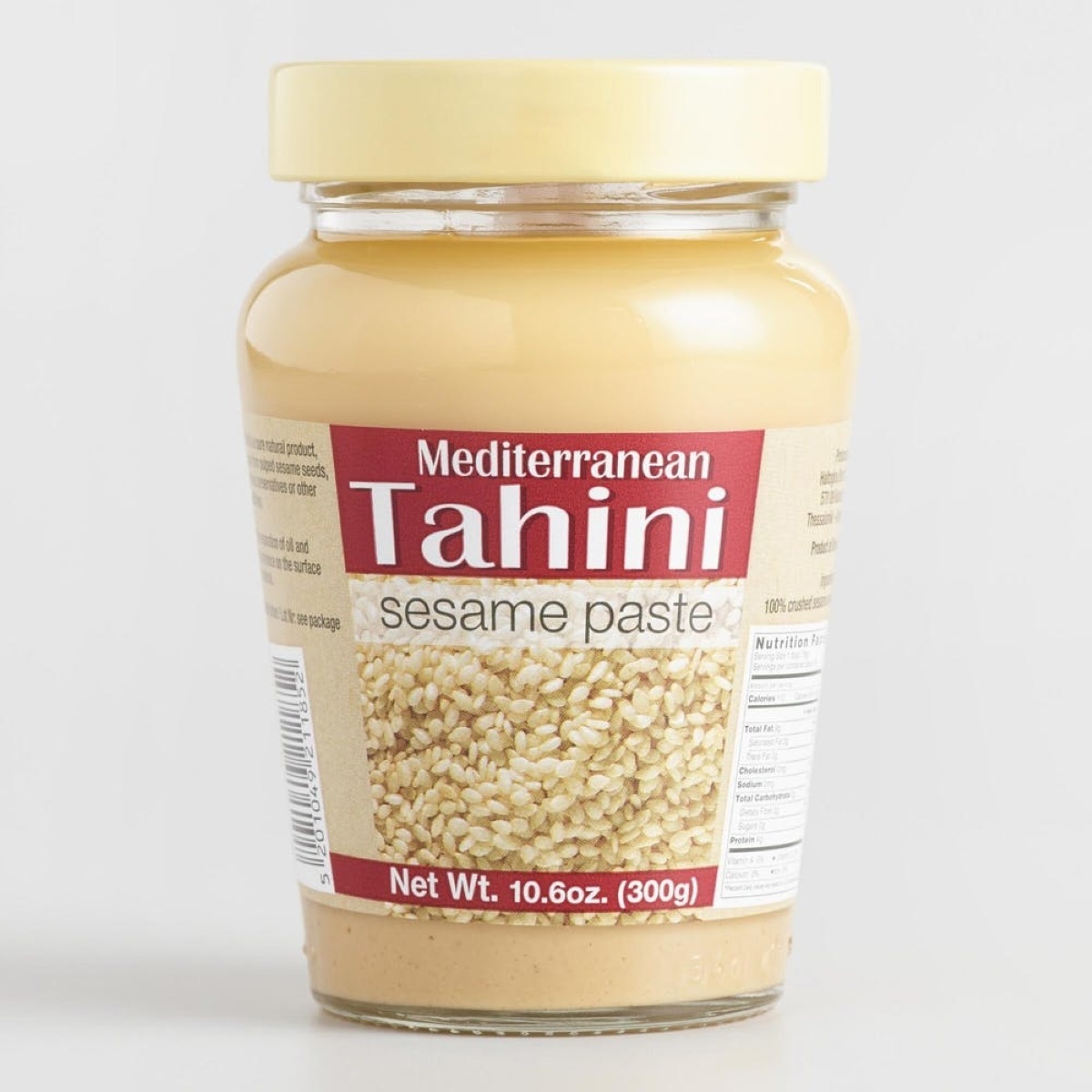
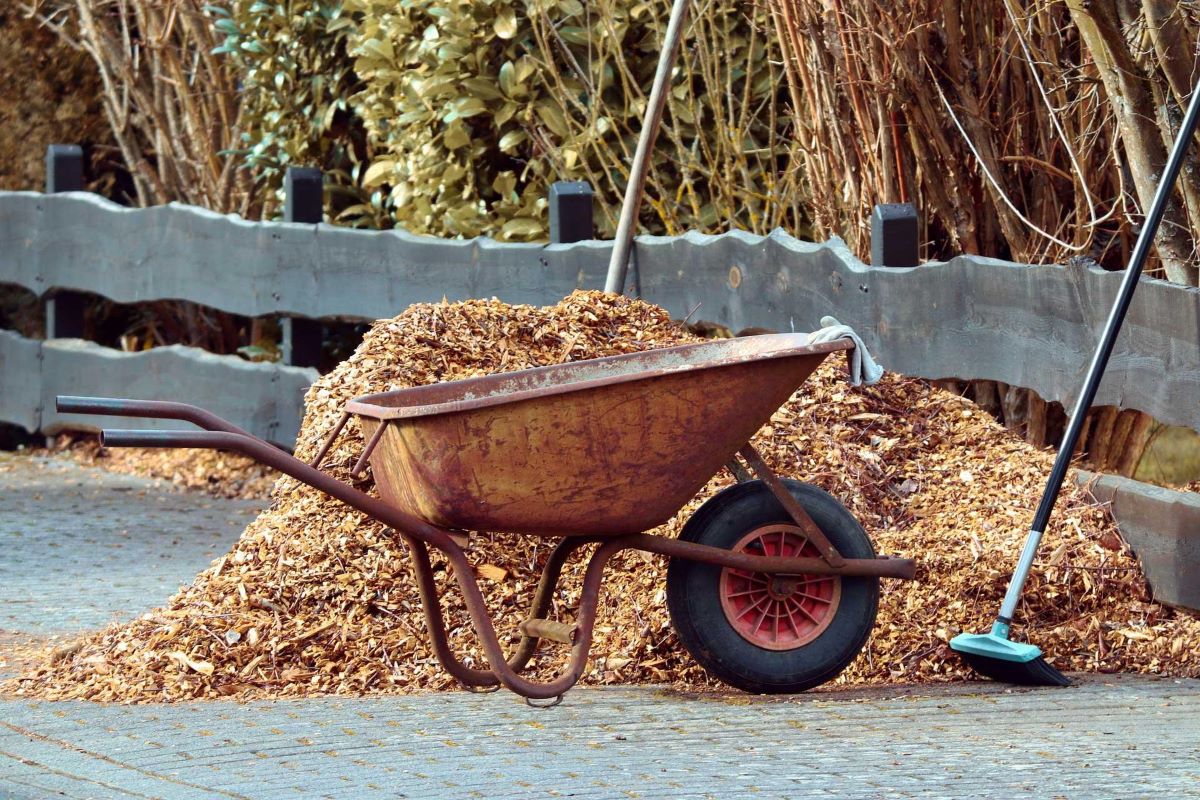

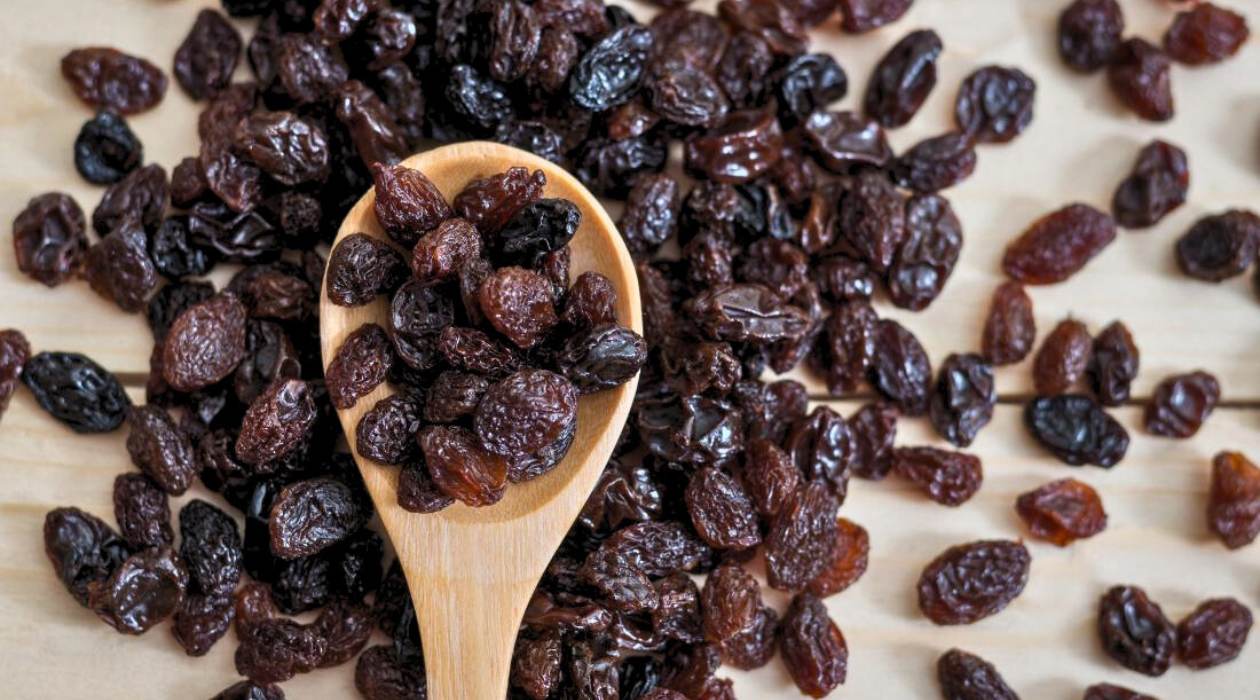

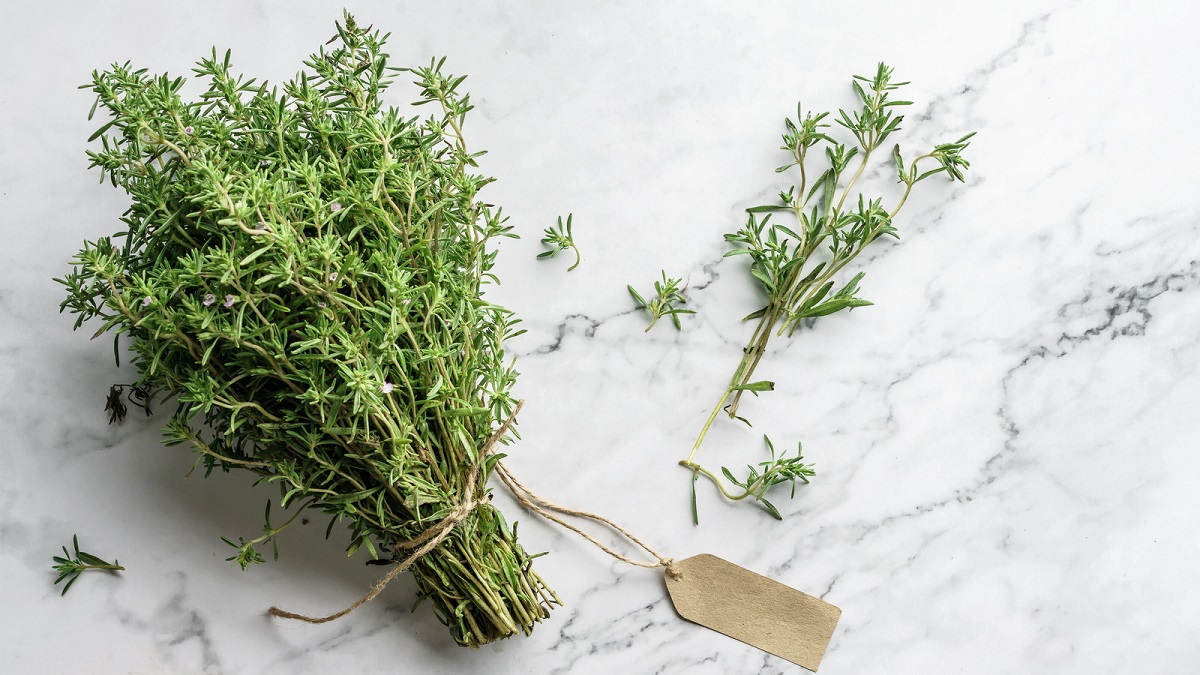
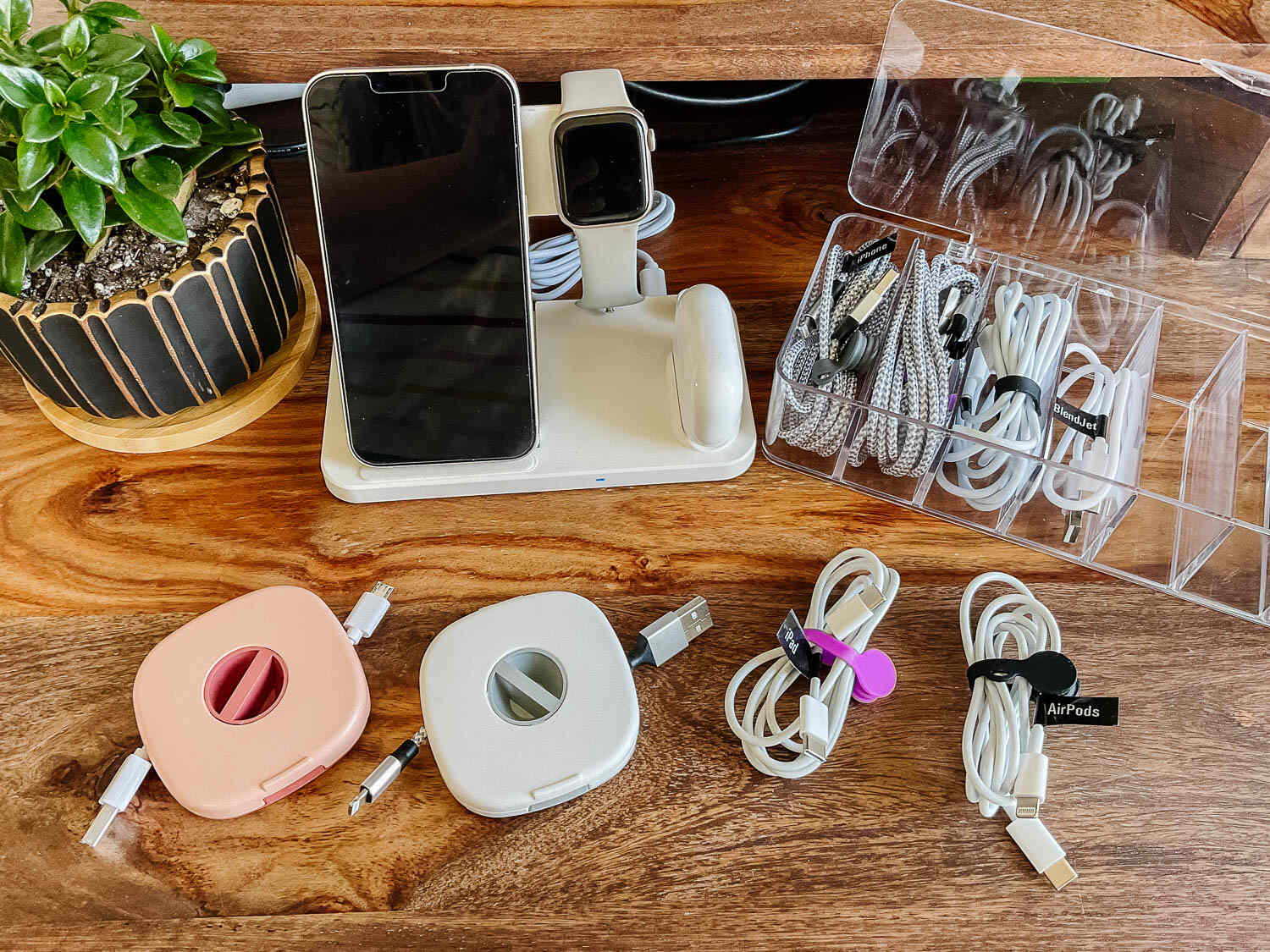

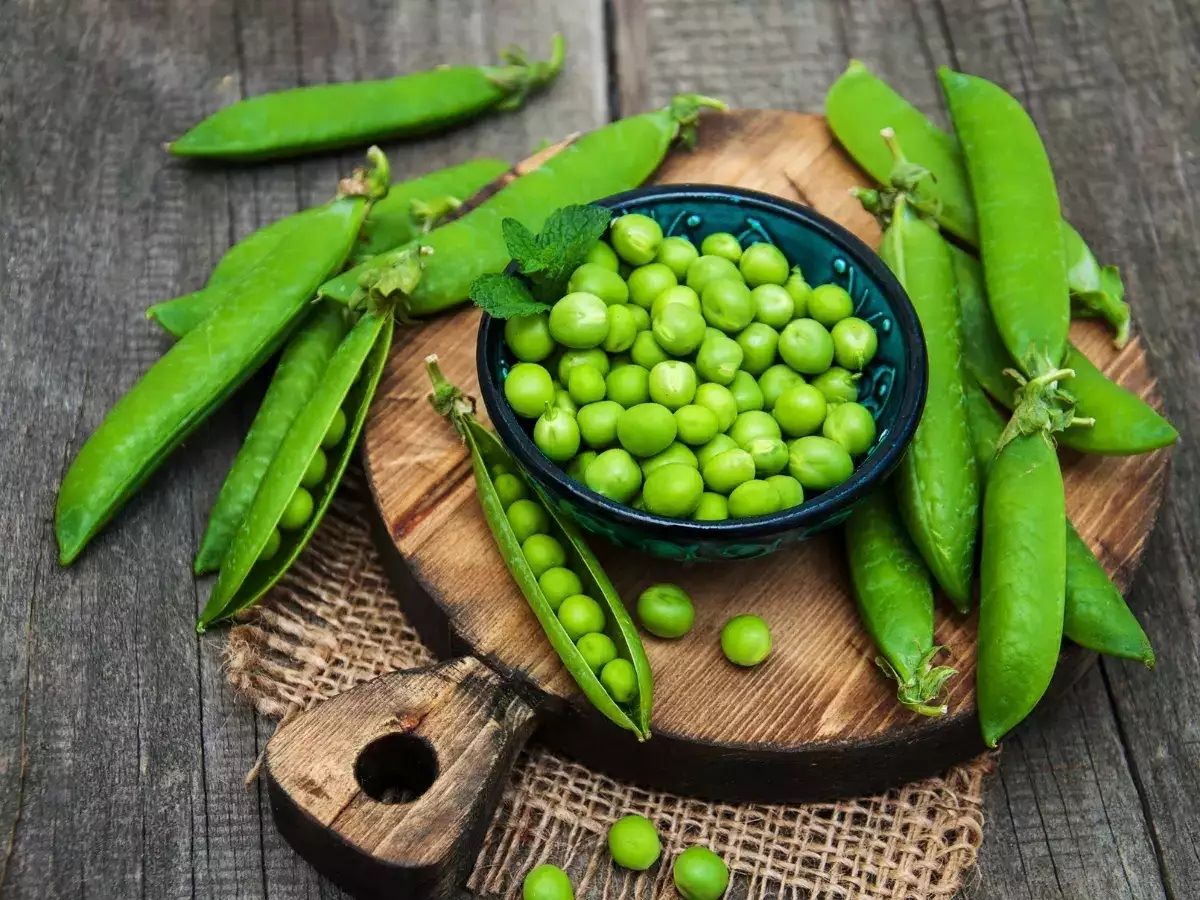

0 thoughts on “How To Store Platters”